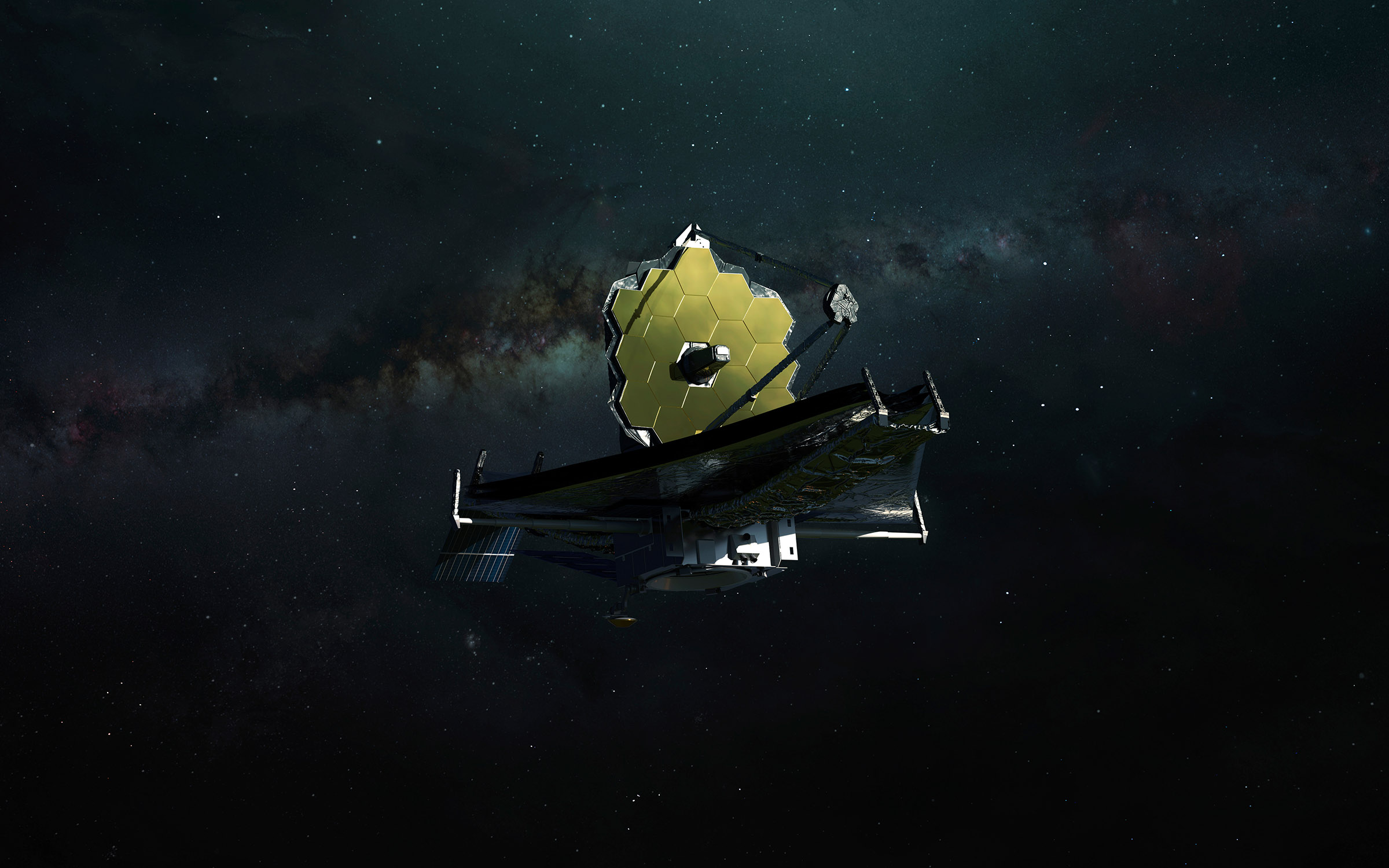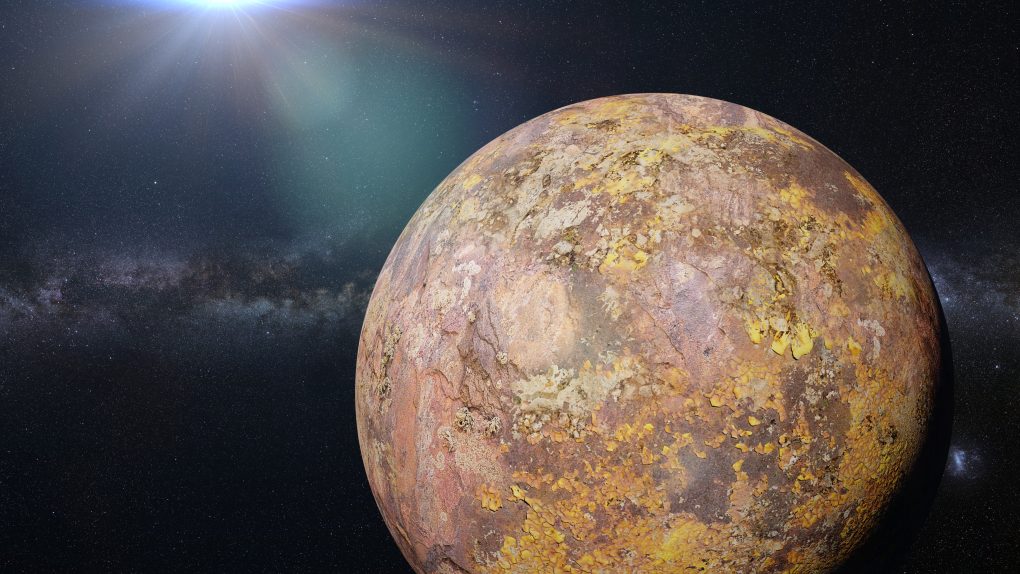Webb has discovered its first exoplanet. The new Webb exoplanet clocks in at just 99 percent the diameter of Earth. NASA announced the discovery on its website on Wednesday, stating that the planet is now classified as LHS 475 b, and was found closer to its star than any planet in our solar system. As a result, it completes an orbit in just two days.
That’s not all, Webb also observed that the planet is a few hundred degrees warmer than our own, and that it is more like Venus than Earth. Earth, as we all know, is habitable and contains an atmosphere ripe for life to exist. Venus, however, is covered in thick clouds, and its atmosphere is full of carbon dioxide.
At the moment, it’s unclear exactly what the atmosphere of Webb’s first exoplanet is made up of or if it even has one. However, there are plans to dig deeper into that information down the line somewhere. NASA says that the researchers did run a transmission spectrum on the planet, but it wasn’t clear whether an atmosphere exists there or not.

What we have ruled out, though, is that it can’t have a thick methane-dominated atmosphere like that found on Titan. Because they are having such a difficult time determining exactly what kind of atmosphere it has, it’s possible they don’t have one, or that it is a 100 percent carbon dioxide atmosphere, as they are much more compact and harder to detect.
While Webb’s first exoplanet is closer to its star than any of the planets in our solar system, the red dwarf at the center of the system is also much cooler than our Sun. As such, it is likely the planet could still be cool enough to have an atmosphere.
Additionally, Webb’s exoplanet discovery has shown that red dwarf stars may have Earth-like planets orbiting them, which could make it easier to detect Earth-like planets if we start looking around red dwarf stars like the one found in LHS 475. Webb has detected atmospheres on exoplanets before, so we could see more developments from this in the future.








